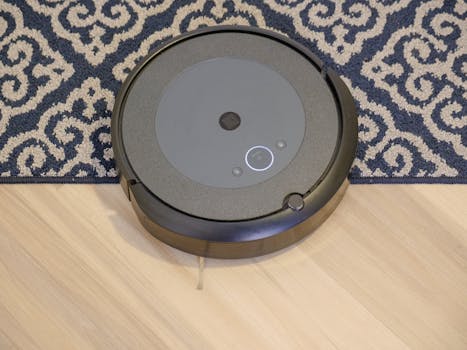
Smart Homes and Smart Living: The Technological Transformation of European Homes by 2025
Smart Homes and Smart Living is transforming the way we live, work, and interact with our surroundings. The concept of smart homes and smart living has been around for several years, but it’s only recently that we’ve seen significant advancements in this field. By 2025, European homes are expected to undergo a major technological transformation, making our lives easier, more convenient, and sustainable.
What are Smart Homes and Smart Living?
Smart homes and smart living refer to the integration of technology and automation in our homes to make our lives more comfortable, convenient, and sustainable. This includes the use of internet-connected devices, sensors, and artificial intelligence to control and monitor various aspects of our homes, such as lighting, temperature, security, and entertainment.
Benefits of Smart Homes and Smart Living
The benefits of smart homes and smart living are numerous. Some of the most significant advantages include:
- Energy efficiency: Smart homes can optimize energy consumption, reducing waste and lowering utility bills.
- Increased security: Smart security systems can detect and prevent intrusions, ensuring the safety of occupants.
- Convenience: Smart homes can automate routine tasks, such as turning on lights, adjusting temperature, and playing music.
- Improved healthcare: Smart homes can monitor and respond to the health needs of occupants, particularly the elderly and disabled.
Technological Advancements in Smart Homes and Smart Living
Several technological advancements are driving the growth of smart homes and smart living. Some of the most significant developments include:
- Internet of Things (IoT): The IoT refers to the network of physical devices, vehicles, and other items that are embedded with sensors, software, and connectivity, allowing them to collect and exchange data.
- Artificial Intelligence (AI): AI is being used to analyze data from smart devices, making predictions and decisions to optimize energy consumption, security, and convenience.
- 5G Networks: The rollout of 5G networks is enabling faster, more reliable, and lower-latency communication between devices, making smart homes and smart living more efficient and responsive.
European Homes by 2025
By 2025, European homes are expected to undergo a significant technological transformation. Some of the trends and predictions for European homes by 2025 include:
- Increased adoption of smart home devices: More European households will adopt smart home devices, such as smart speakers, thermostats, and security cameras.
- Greater emphasis on energy efficiency: European homes will prioritize energy efficiency, with a focus on renewable energy sources, such as solar and wind power.
- More emphasis on healthcare and wellness: European homes will incorporate healthcare and wellness technologies, such as telemedicine and air quality monitoring.
Conclusion
Smart homes and smart living are transforming the way we live, work, and interact with our surroundings. By 2025, European homes will undergo a significant technological transformation, making our lives easier, more convenient, and sustainable. As technology continues to evolve, we can expect even more innovative solutions to emerge, shaping the future of smart homes and smart living.





